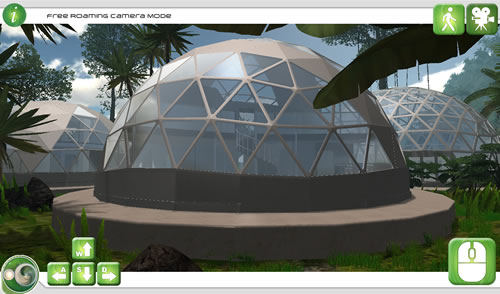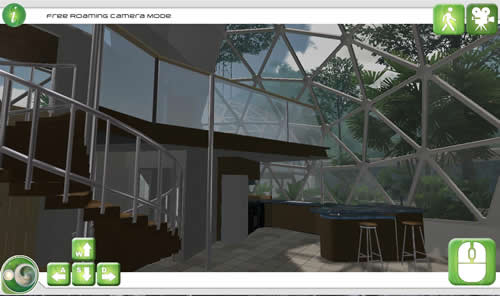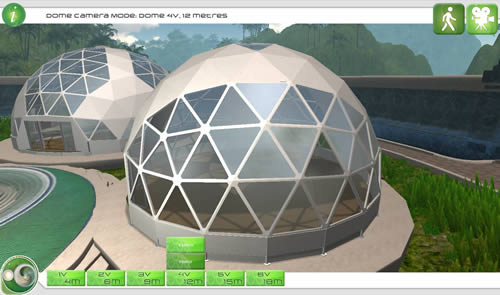- PO Box 989 Mullumbimby Contact us
- Call Us: +61 2 6684 3173
Exploring Energy Efficiency in Geodesic Domes
Geodesic domes have numerous advantages over rectilinear or contemporary building structures. These include affordability, sustainability, ease of assembly and disassembly, resistance to natural calamities and energy efficiency. Whereas most of these advantages are fairly straightforward, most people grapple when trying to understand energy efficiency of a geodesic dome. In this article, we shall explore energy efficiency in geodesic domes.
The Structure of Geodesic Domes
Geodesic domes are semi-spherical or spherical structures which contain a series of triangular elements interlocked together. These triangular elements are formed by the interlocking of great circles known as geodesics. The structural integrity if geodesic domes is linked to the triangles which distribute stress evenly throughout the entire structure. This results in a self supporting structure that encloses the maximum amount of space with the minimum amount of materials.
The Surface Area
Geodesic domes are structures with the highest ratio of enclosed are to external surface area. This means that exposure to heat in summer and to cold in winter is decreased. As a result, they require less energy to warm in winter and less energy to cool in summer. The concavity inside a geodesic dome helps the air inside to flow easily throughout the entire structure with the aid of return air channels. This also helps to spread the heat or cold when need be without spending inordinate sums of money. What's more, it even feels lighter in the sun like a hot air balloon! With geodesic domes, you get to live in an expansive area without spending a lot of money on energy.
The Internal Temperature
The thought of heating up easily like a hot air balloon can be misunderstood to mean that the temperature changes inside geodesic domes are erratic. Larger geodesic domes would therefore be exposed to even more fickle changes in temperature since the effects in geodesic structures increase with size. That is not the case. While temperature changes can be self regulated by channels of air ducts, better regulation is often accorded by proper heating and cooling equipment. Therefore, the temperature inside a geodesic dome is entirely under the control of the occupant(s).
Heat Loss
Millions of dollars are spent every year on energy that is lost as heat. This is partly because of the designs of contemporary structures which allow for significant cumulative heat loss. Geodesic domes on the other hand are built with extremely tight envelopes coupled with magnesium oxide which boasts of impressive insulating properties. As a result, heat loss is very negligible in geodesic domes. Heavy wind flows also contribute to heat loss in contemporary structures. The aerodynamics that characterize geodesic domes ensure that wind flow smoothly around them without encountering roof or truss structures which would cause turbulence and hence heat loss.
50% More Energy Efficiency
Geodesic domes promise 50% more energy efficiency compared to contemporary buildings. In fact, underground concrete geodesic domes promise up to 70% energy efficiency. Geodesic domes are cheap and easy to use and at the same time put less strain on earth's natural resources.
Download the Sustainable Domes Walkthrough app now - just like our facebook page and look for the details.
15m Residential Dome

15m Residential Dome Internal

12m and 15m Residential Domes



